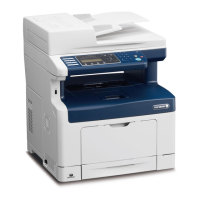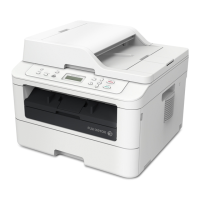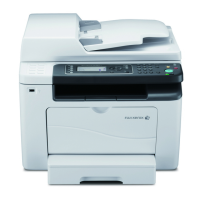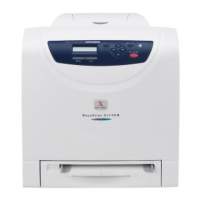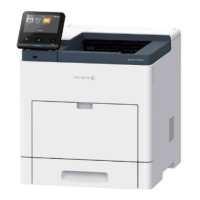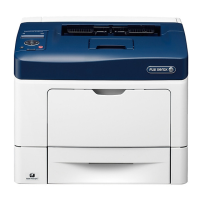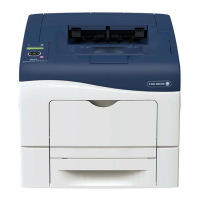Chapter 10 Principle of Operation
10.1 Telephone System
10-3
10.1.2 Analog and Digital Signals
An electrical signal generated by the telephone's microphone is an analog signal. The waveform of this analog
signal fluctuates responsive to the voice volume. When the voice is loud, the amplitude (voltage) increases;
when soft, the amplitude decreases. When the voice is high-pitched, the frequency (number of vibrations)
increases; when low-pitched, the frequency decreases.
A signal whose values change in a continuous manner with time like this is called an analog signal. In con-
trast, a digital signal is a set of values that change with time in a discrete instead of continuous manner. In
other words, an analog signal is like a hill. A digital signal is like stairs.
A digital signal is a series of values obtained by sampling a continuous analog signal at a certain required
rate. For example, when sampling is by time, the rate is once a second, millisecond, etc.
Because the sampling reduces the amount of data along the time axis, the converted signal is compressed
and smaller in data size. Thus, once digitized, the signal information is thinned out compared to the original
analog signal.
Moreover, digital signal transmission is performed by dividing a continuously changing electrical signal
according to a certain rate of time, then converting each division to a value of 1 or 0, depending on whether it
is greater or less than a specified threshold value. Compared to an analog signal, a digital signal offers pre-
cise data exchange because the only change that must be handled is that between 1 (high voltage) and 0 (low
voltage) with respect to a standard value (the threshold value).
The difference between analog and digital signals can be easily understood by comparing analog measur-
ing instruments, such as clocks and scales with their needles and gradations to digital gauges that display
results as a value. An analog instrument with a continuously moving needle, can, at least in theory, be read
beyond the decimal point to infinitely small divisions (12.47253... g, 35.1864... g, etc.). A digital instrument,
however, can only display results to the minimum necessary decimal place (12.5 g, 35.0 g, etc.).
Conversion of an analog signal to digital signal is called AD conversion. The reverse is called DA conver-
sion. Image data read by a FAX is a digital signal in which 0s and 1s are assigned according to whether or
not there is black in the squares of a paper surface divided into a grid. FAX communications that use an
analog telephone network perform DA conversion before transmitting the scanned image from the phone,
and AD conversion before printing the received data.
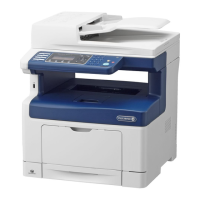
